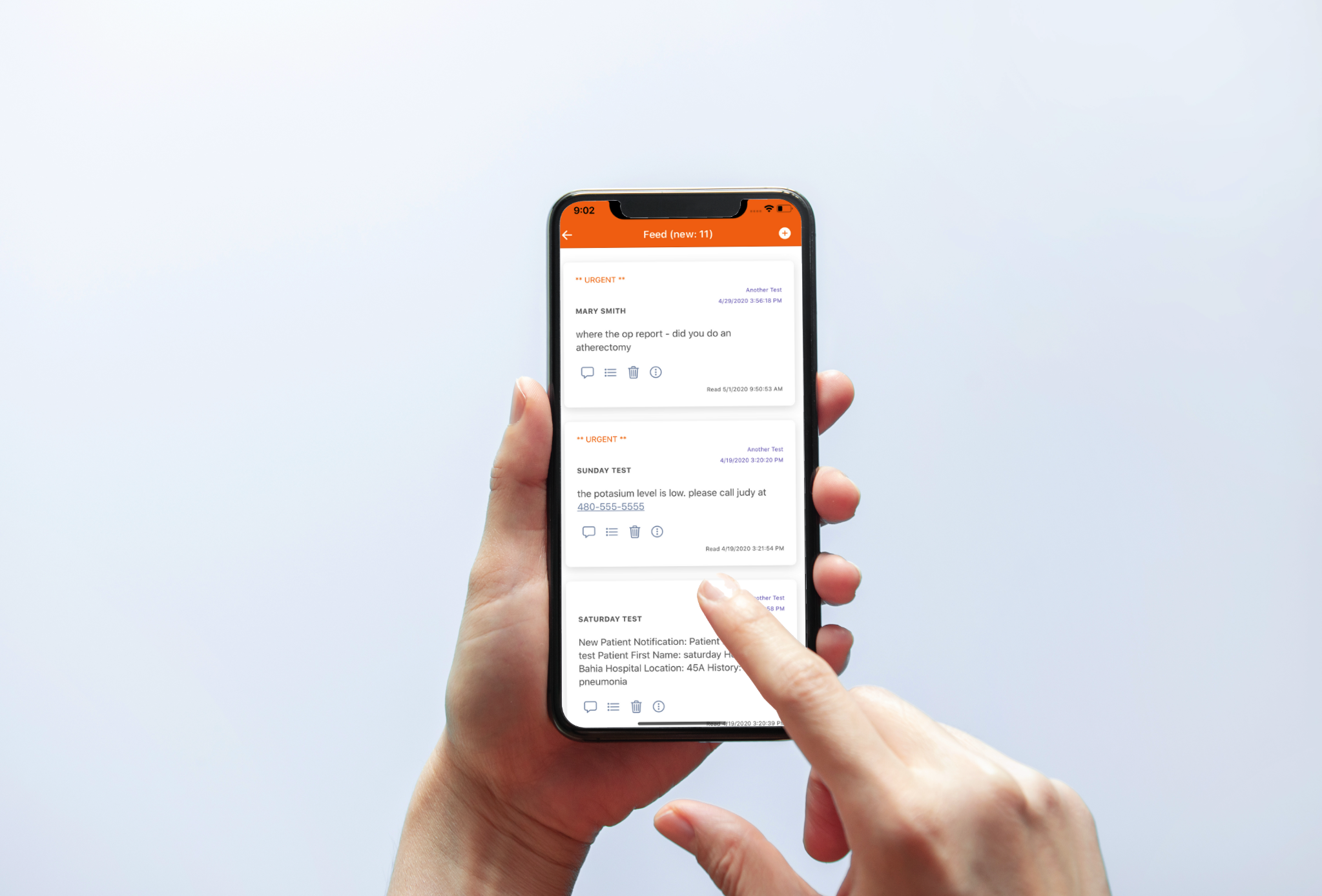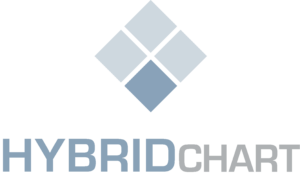We’re all guilty of it at one point or another: Unable to find our password and in a rush to send a quick note to a colleague, we open our smartphone messaging app and fire off that message.
As that urgent missive makes its way through cyberspace, a cabal of hackers standby, waiting to snatch your unsecure data out of thin air – and potentially cause a lot of problems for you, your patient, and your practice.
Depending on the source, anywhere from two-thirds to 96 percent of physicians send information via unsecure devices – and we’re not even talking about the volumes of handwritten notes and unread faxes that are just an arm’s length away from a nosy Nellie.
In these days of HIPAA, increased interest in data privacy, and enhanced technology, there’s no excuse for data to remain at risk. But according to one study, only 26 percent of practices have acquired and deployed secure messaging apps. For doctors who engage in mission-critical communications for things like charge capture for hospital rounding, it often leaves them stuck in the Dark Ages – passing notes, leaving voicemails, and other similarly antiquated methods of census management.
So, what stands in the way of widespread adoption of secure messaging in healthcare practices? And how can an effort to modernize things like hospital charge capture also add an additional layer of security for sensitive messages?
Securely Unsecure
Before we jump into a solution, here’s more on what’s at stake:
It goes without saying that providers and staff need to communicate with each other, but the nature of these messages often includes the personal and medical information of patients. Though the emergence of HIPAA laws at the federal level were designed to ensure that sensitive patient information is protected, old habits tend to die hard.
We still hear of practices that use text messaging or other modes that clearly do not protect PHI (patient health information). So, wouldn’t one easy fix be to “lock down” existing communication methods with an extra layer of security?
Indeed, many platforms adopt this approach. It looks and feels like texting, but everything is encrypted. Some go even so far as to have an expiration date, after which a message is permanently deleted. While this approach solves several issues, it does not address so-called “siloed messages”– conversations between two doctors, or a staff and a provider, which are not visible to other members of the practice. Though not every conversation needs to be shared, looping other people into siloed messages can be cumbersome. Also, though permanent deletion can indeed be beneficial from a security standpoint, from a practical point of view, it can leave some gaps in the process.
A Best-Practices Approach
The EVOLVE suite of mobile charge capture software works to deliver the best of both worlds – a detailed, sharable archive of information on each patient, walled off by best-in-class encryption. It’s a unique approach that creates a unique secure messaging area for each patient where everyone from the practice can participate and exchange messages.
Plus, it offers the ability to tag specific users — making it easier to join conversation. And those new to the dialogue can see all previous messages, regardless of recipients and authors, for all patients who are active on the census list.
Here’s an example of how this looks in practice: Say a consult comes in to a front office staff member. Instead of separately taking down the information then later putting it into rounding software, the actions are packaged together. With a few clicks, the providers are automatically alerted (securely). This task-bundling approach makes the experience better for staff and doctors.
By opening the lines of communication in this manner, it helps create new habits around new benchmarks of active communication. Departments that typically did not converse in real-time suddenly become empowered. Billers can ping doctors, schedulers can easily convey consults and call-back requests – and everyone is connected.
As a result, workflows start to become streamlined as critical information is exchanged in a timely manner. (Of course, this will make it harder to hide behind the “I didn’t get it excuse” – but that’s probably a good thing!)
There are plenty of secure messaging options out there for your practice and adopting some can help you take steps to protect patient privacy – but without the ease and efficiency. By choosing a solution that packages secure messaging with your charge capture software, you’ll wonder how you ever made do with notes, texts, and phone calls!
https://hybridchart.com/wp-content/uploads/2019/11/HC-Logo-Primary.png
For A Better Hospital Rounding Experience
At HybridChart, we provide technology that connects your healthcare team, increases efficiencies, AND improves your bottom line. HybridChart’s cloud-based software adapts to your practice’s unique workflow and will improve your profitability and patient outcomes by utilizing our 5 features: charge capture, census management, secure messaging, discharge planning, and data analytics.
NEVER miss another charge and get PAID for the work you do!
If you are interested in taking your medical practice to the next level and want to employ the best hospital charge capture practice available in the industry, come visit our website at www.hybridchart.com, call us at 1-877-977-5544, or click here to schedule a demo today!





